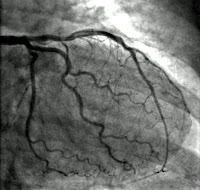The pregnant women are generally opting for caesarean section these days. Though, one needs to think it again to go for caesarean section. The main dis-advantage of C - section is that it might pose a treat in your baby’s respiratory organ. As per the research it has been found out that the caesarean baby are 4 times more prone to respiration problems than those delivered through normal vaginal delivery. The maximum elective C- section is done on 37th or 38th week of the pregnancy which is again not good to baby’s health.
 The research done indicated that only 2.8% babies born through vaginal delivery on 37th week are prone to breathing problem against 10% of babies born by caesarean section. If done on 39th month, this figure drops drastically with only 1.1 % babies getting affected if delivered through vaginal delivery and 2.1 percent for caesarean infants. The babies who face respiratory problems are placed in incubators and are given oxygen treatment.
The research done indicated that only 2.8% babies born through vaginal delivery on 37th week are prone to breathing problem against 10% of babies born by caesarean section. If done on 39th month, this figure drops drastically with only 1.1 % babies getting affected if delivered through vaginal delivery and 2.1 percent for caesarean infants. The babies who face respiratory problems are placed in incubators and are given oxygen treatment.Caesarean Procedure was first used as a life saving treatment for the baby and mother and should be utilized for that purpose only. The pregnant women should try to give a normal vaginal birth to the babies to ensure better chances of delivering the healthier babies.

